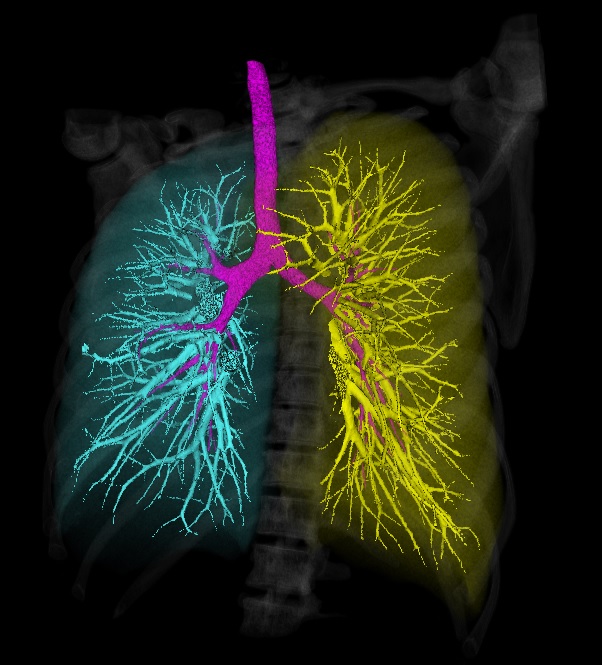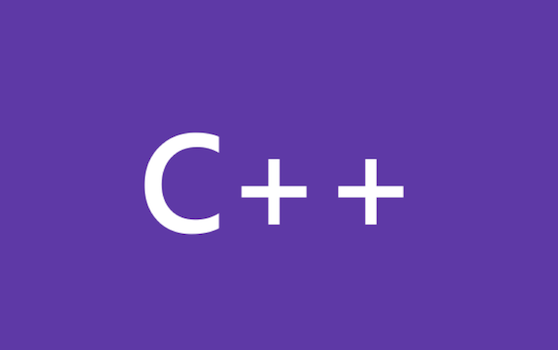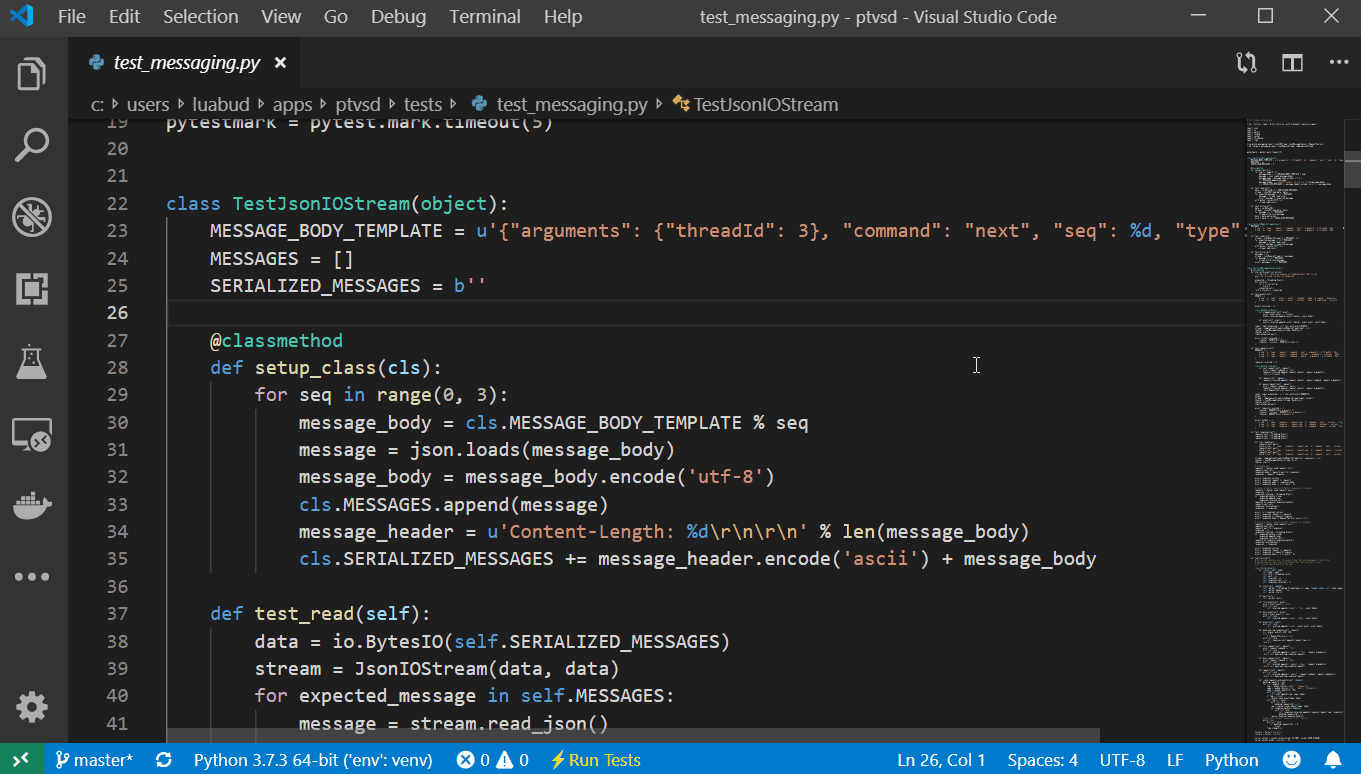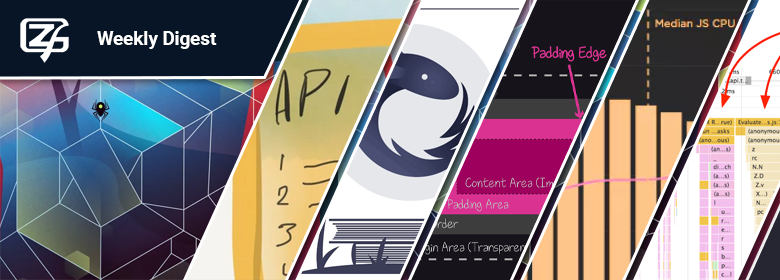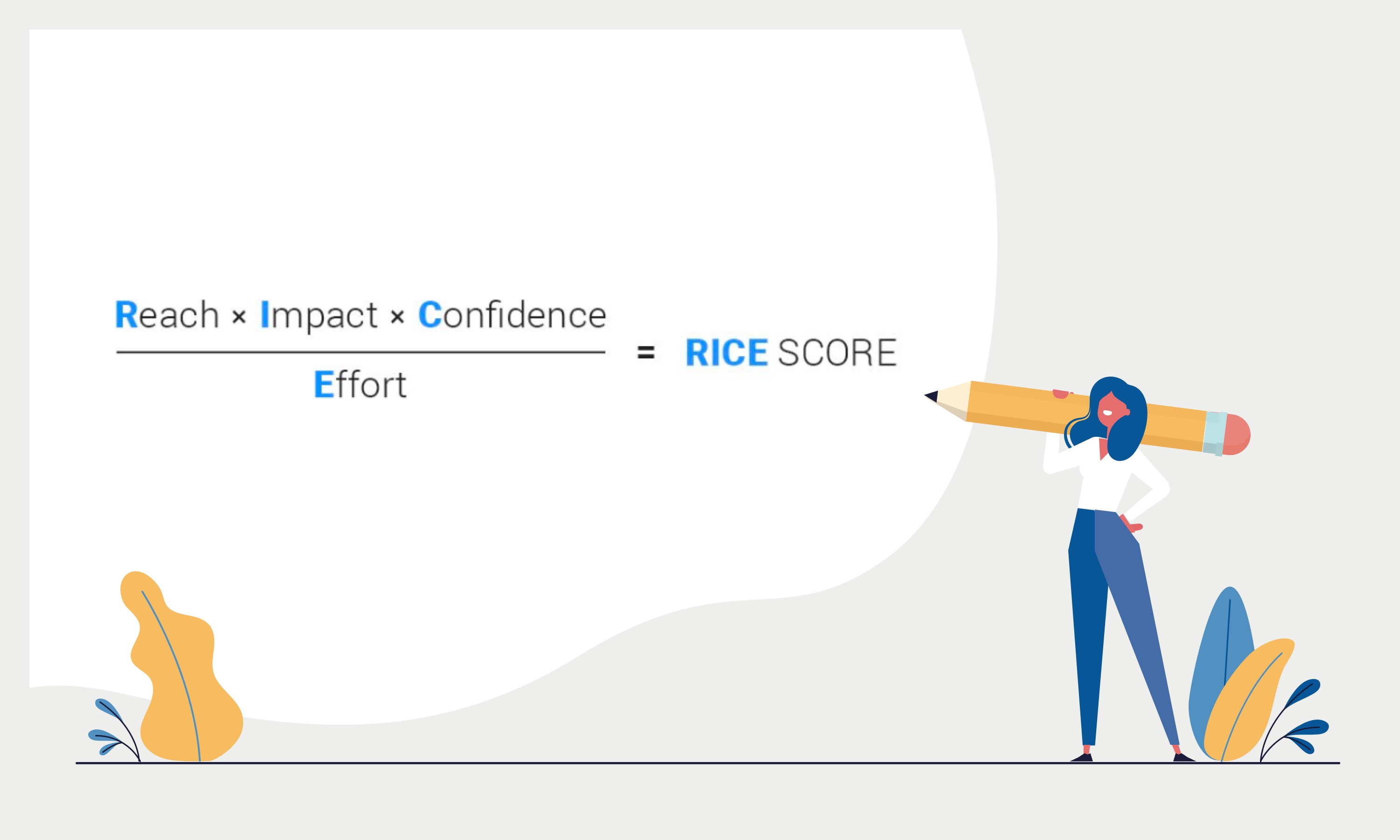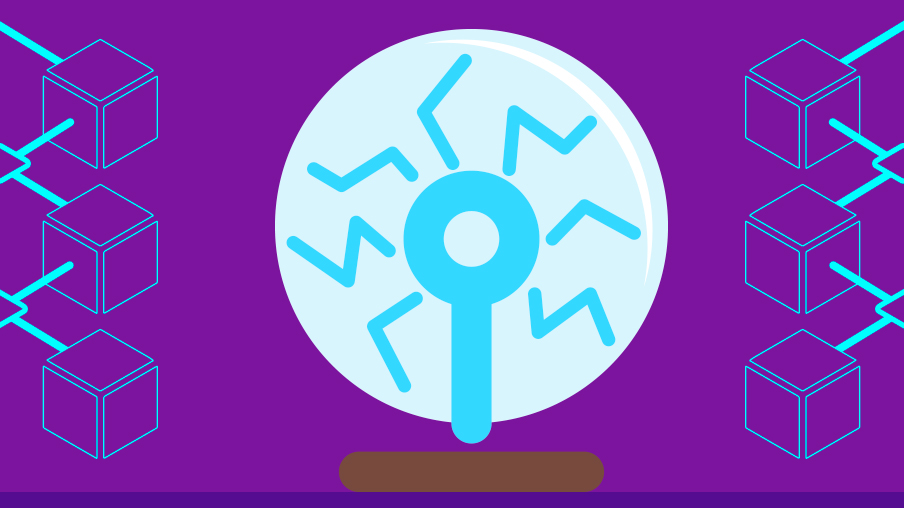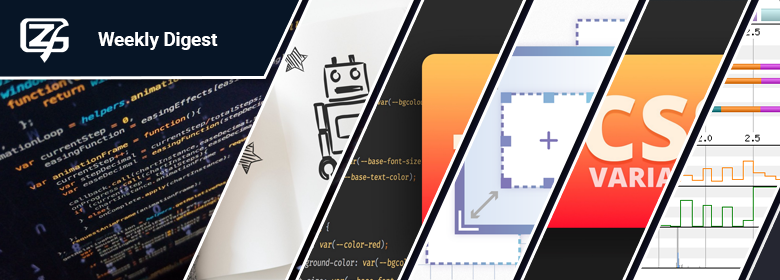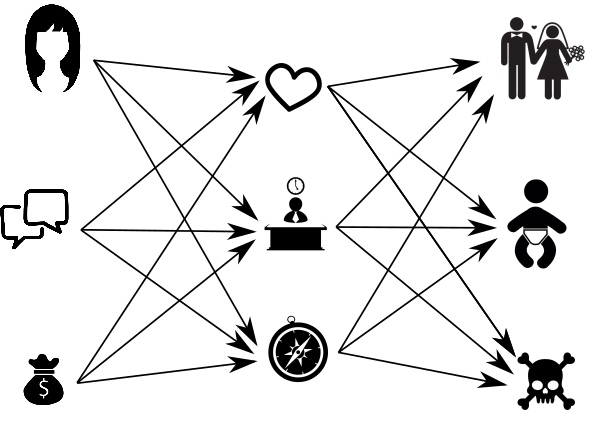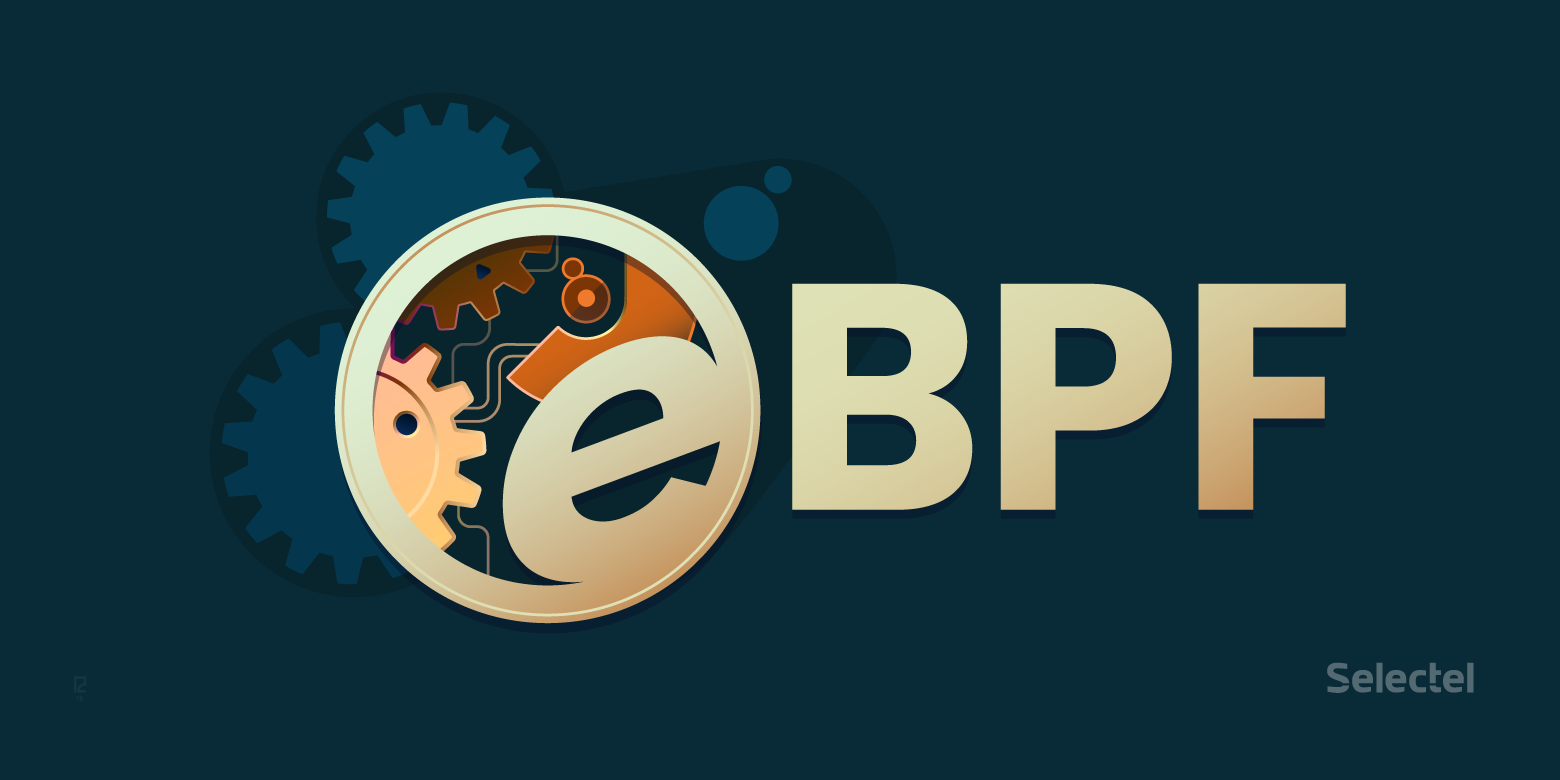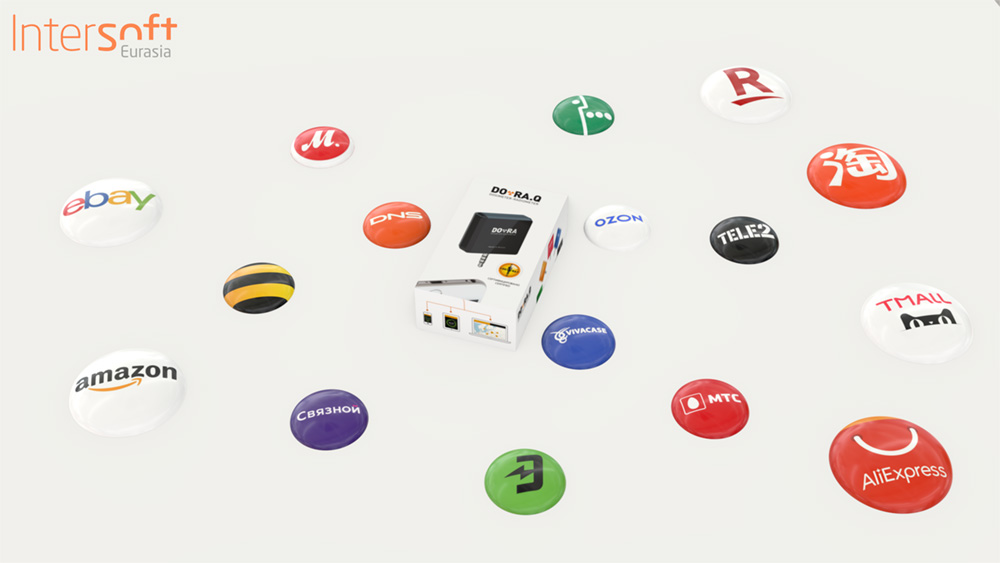Manual lung segmentation takes about 10 minutes and it requires a certain skill to get the same high-quality result as with automatic segmentation. Automatic segmentation takes about 15 seconds.
I assumed that without a neural network it would be possible to get an accuracy of no more than 70%. I also assumed, that morphological operations are only the preparation of an image for more complex algorithms. But as a result of processing of those, although few, 40 samples of tomographic data on hand, the algorithm segmented the lungs without errors. Moreover, after testing in the first five cases, the algorithm didn’t change significantly and correctly worked on the other 35 studies without changing the settings.
Also, neural networks have a disadvantage — for their training we need hundreds of training samples of lungs, which need to be marked up manually.
